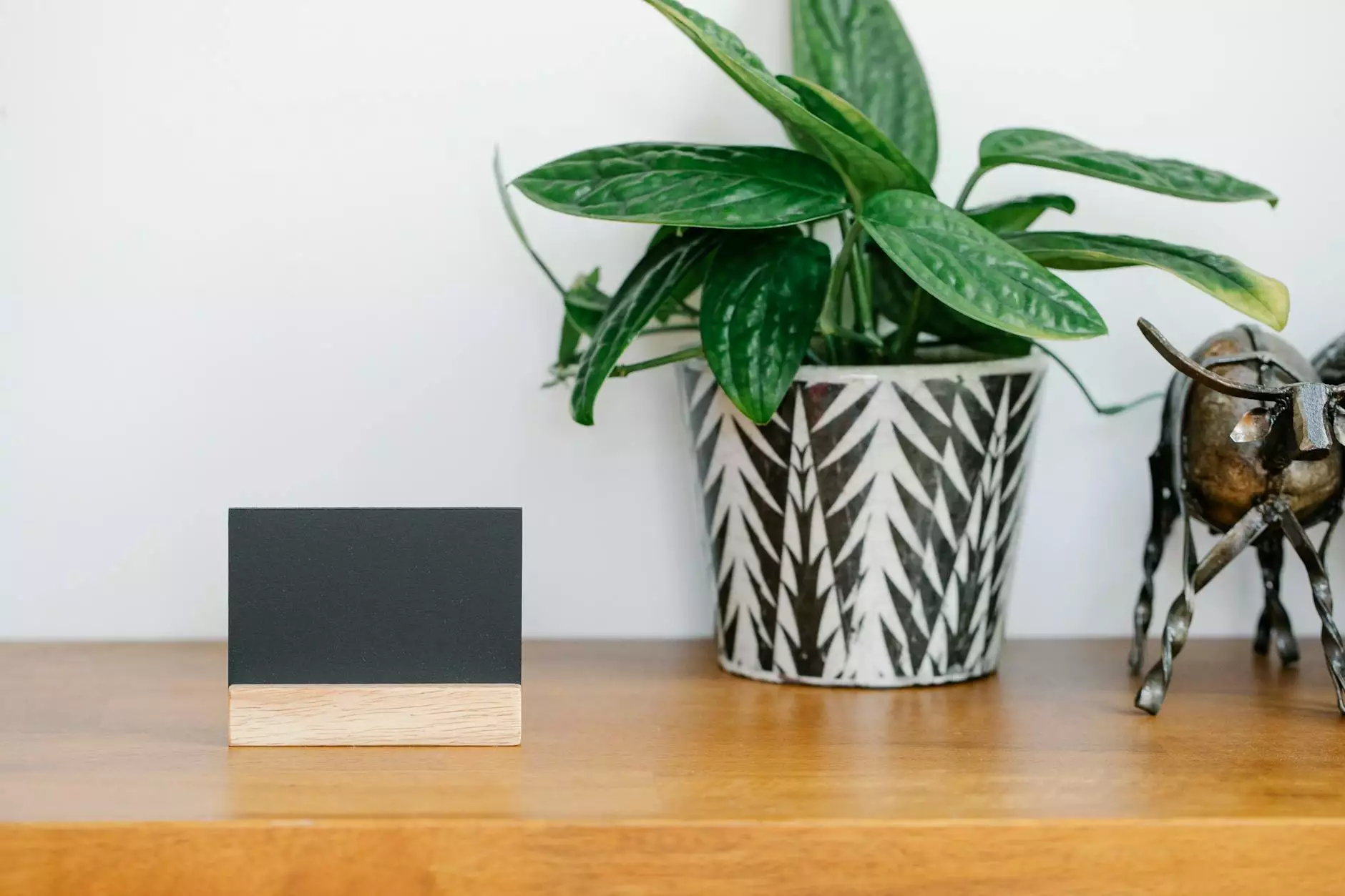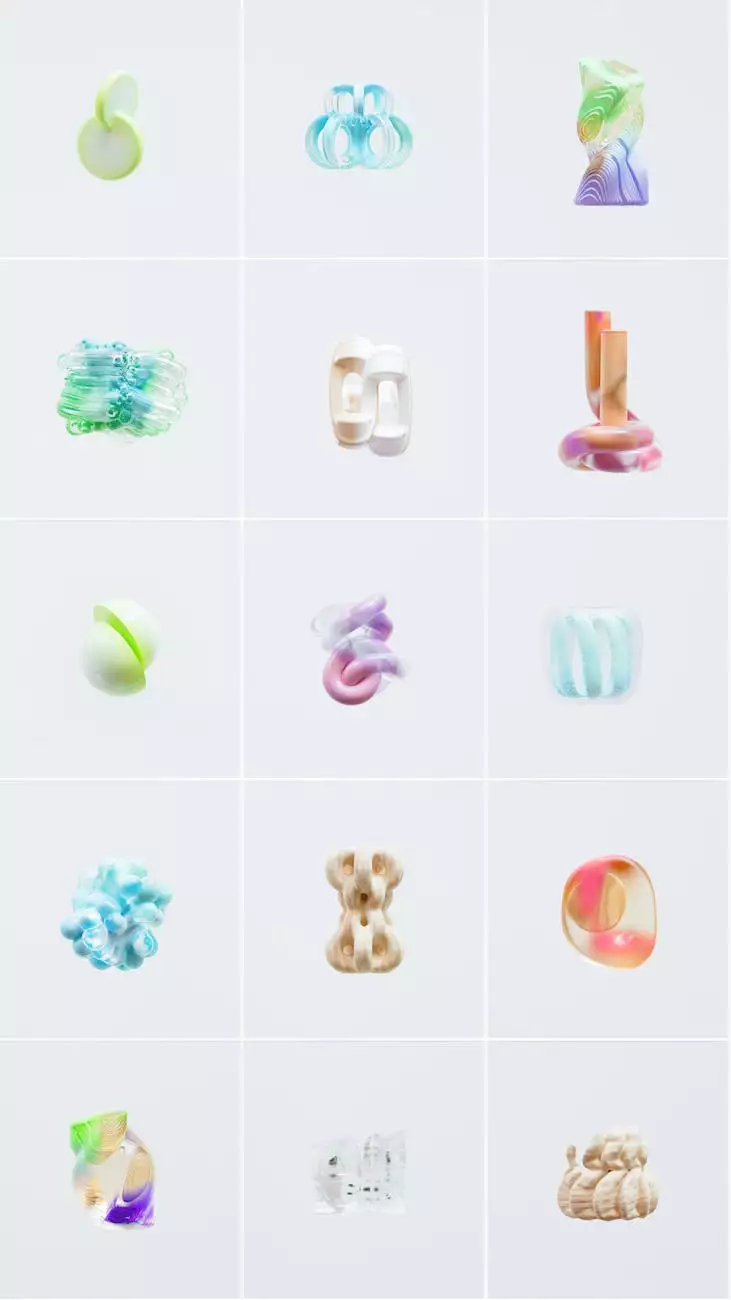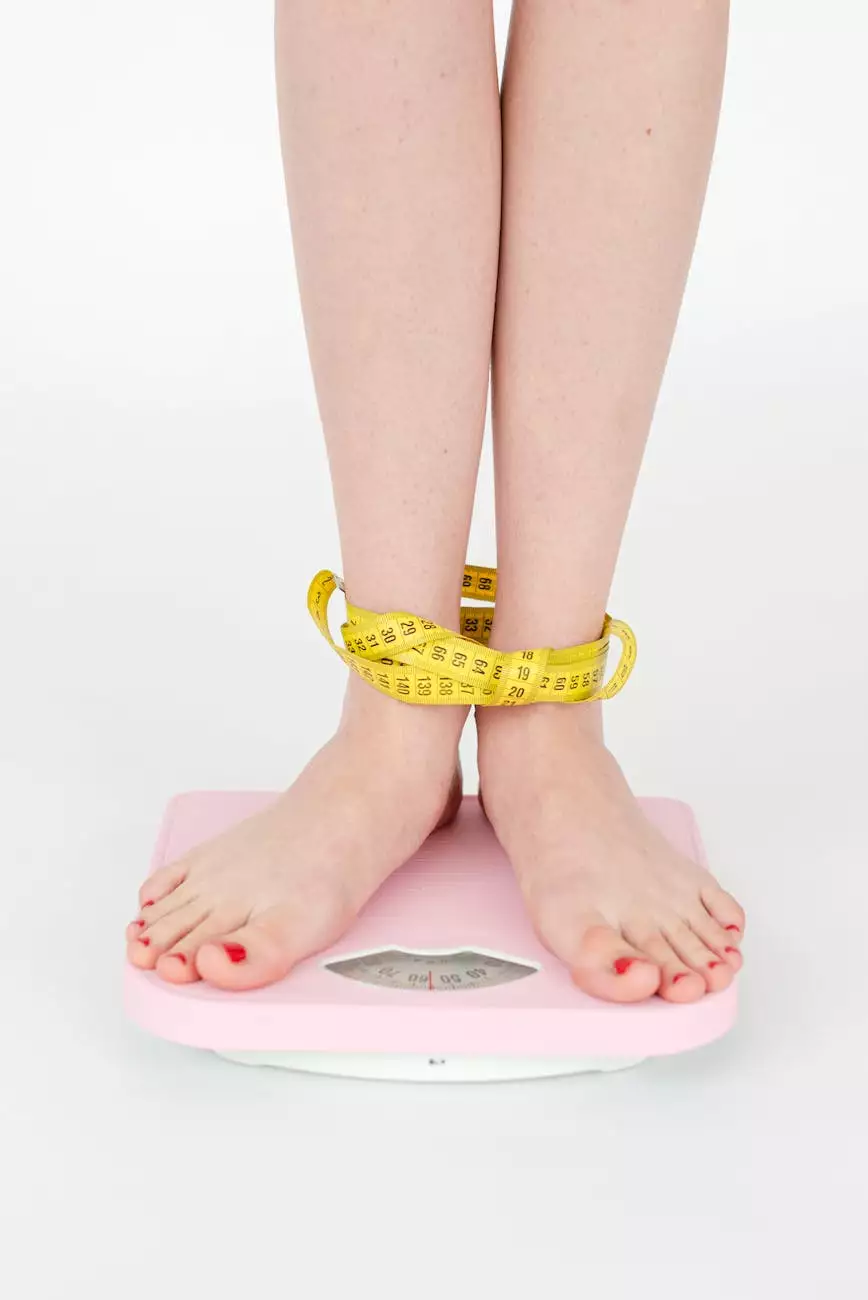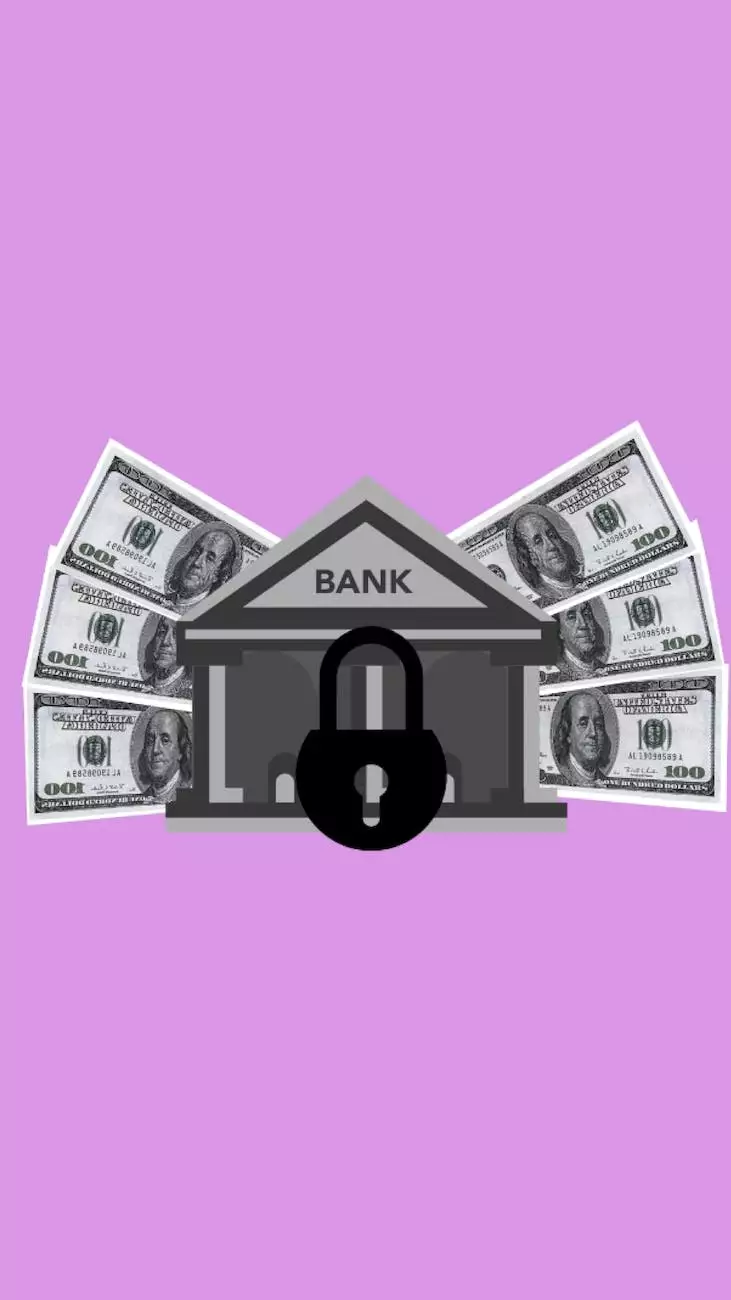Tips on How to Design Your Business Cards - Know What Elements Help You Get Remembered
Blog
In the business world, first impressions matter. One of the most effective ways to make a lasting impression on potential clients is through a well-designed and memorable business card. A thoughtfully designed business card not only serves as a convenient contact reference but also reflects the professionalism and creativity of your brand. In this article, we will provide you with valuable tips on how to design your business cards effectively, ensuring that they leave a positive and lasting impact on anyone who receives them.
1. Reflect Your Brand Identity
When designing your business cards, it is important to align them with your overall brand identity. Your business cards should visually represent your brand's core values and personality. Consider incorporating your logo, brand colors, and typography that are consistent with your other marketing materials. Consistency across all touchpoints helps in building brand recognition and trust.
2. Choose the Right Size and Shape
While the traditional rectangular business card is widely recognized, don't be afraid to think outside the box. Consider unique shapes and sizes that are relevant to your industry and target audience. A well-executed die-cut design can make your business cards stand out from the competition and leave a strong impression.
3. Typography and Readability
The typography you choose for your business cards plays a crucial role in readability. Use fonts that are easy to read and avoid overly decorative or complicated typefaces. Consistency in font style and size is essential to maintain a professional appearance, ensuring recipients can quickly absorb the information on your card.
4. Utilize White Space
White space, also known as negative space, refers to the empty areas between design elements. Embracing white space helps create a clean, uncluttered appearance and makes your business cards visually appealing. Avoid overcrowding your cards with excessive graphics or information, as this may overwhelm the recipient. Emphasize key contact details and leave room for recipients to jot down notes if desired.
5. Incorporate Visual Elements
A picture is worth a thousand words. Visual elements such as images, graphics, or illustrations can enhance the overall look of your business cards and make them more engaging. Use visuals that align with your industry or showcase the products or services you offer. However, ensure that the visuals are high-quality, relevant, and not overly distracting.
6. Consider Special Finishes
To make your business cards truly memorable, consider incorporating special finishes or printing techniques. Spot UV, embossing, foil stamping, or textured finishes can add a tactile element that captures attention and leaves a lasting impression. Take into account your target audience and industry to determine which finishing options will best complement your brand image.
7. Showcase Your USP
Your Unique Selling Proposition (USP) is what sets your business apart from the competition. Use your business cards as an opportunity to communicate your USP effectively. Craft a compelling tagline or memorable message that conveys the value you bring to your clients. This will make your business cards more memorable and encourage recipients to reach out to you.
8. Double-Sided Designs
While the front of your business cards is crucial, don't ignore the backside. Including information or design elements on the back can provide additional space to showcase your brand or convey important details. Whether it's a striking design, a brief overview of your services, or a call-to-action, utilizing both sides of the card maximizes the impact of your business cards.
9. Quality Printing Materials
Investing in high-quality printing materials is a must for creating professional-looking business cards. Opt for a sturdy cardstock with a smooth finish that not only feels good to touch but also ensures durability. A well-printed business card reflects the quality of your brand and conveys a sense of professionalism to recipients.
10. Don't Forget the Basics
While creativity is key, it's essential not to overlook essential contact information. Include your name, position, company name, phone number, email address, and website. While social media handles can be optional, consider including them if they align with your business objectives. Additionally, ensure all information is accurate and up-to-date.
Designing your business cards is an exciting opportunity to showcase your brand's personality and make a favorable impression on potential clients. By following these tips and considering your target audience, industry, and brand identity, you can create business cards that will help you stand out from the crowd and leave a lasting impact on anyone who receives them.
At The Seo Hackers, we understand the importance of effective business card design. As experts in the field of SEO and copywriting, we strive to empower businesses like yours by providing top-notch digital marketing services. Connect with us today to learn how we can help your brand grow and succeed.










